Hemp plastic is increasingly becoming a viable option as an eco-friendly alternative to carbon-based plastic. Not only is this bioplastic sourced from sustainable industrial hemp plants, but it is also typically both biodegradable and recyclable.
Plastic takes over 400 years to decompose and most plastic waste is not recycled. Plastic is a very big environmental problem. So what can we do about it?
While it might be impossible to get rid of the existing plastic on our planet, we can be proactive against this problem by using biodegradable alternatives to plastic and urging others to do the same.
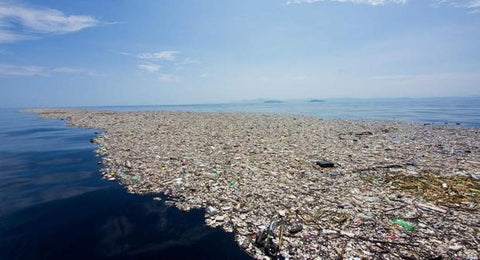
Table of Contents
Hemp Plastics- A Green Alternative
While it may come as a surprise, the fiber inside hemp can be used to produce a plastic alternative that offers the same capabilities of synthetic plastic and it’s fully biodegradable. In fact, hemp plastic is actually carbon-negative. This means that intermediate more carbon dioxide from the atmosphere than is released when it breaks down. Essentially, the hemp sequesters carbon dioxide pollution. Many eco-conscious brands and companies have already started using hemp plastics in their products. Hemp plastic might just be the plastic of the future.
Most plastics produced today are made using petroleum-based compounds that release harmful gases into the atmosphere. Waste solutions are inefficient, and harmful by-products toxic our land, water and wildlife. Yet, consider the possibility that there was a way to deal with deliver the greater part of what we utilize causes a negative greenhouse impact, is sustainable and biodegradable and has just about an indistinguishable cost to our present techniques.
Modi, A. A., Shahid, R., Saeed, M. U., & Younas, T. (2018). Hemp is the Future of Plastics. In E3S Web of conferences (Vol. 51, p. 03002). EDP Sciences.
Hemp Plastic Is Nothing New
Hemp plastics are a re-discovered and re-imagined innovation. Hemp has been historically used for thousands of years as a building material. Prior to 20th-century prohibition, America consumed roughly 3000 tons of hemp a year.
Durable rope, cloth, industrial building materials, and more are all historical uses of hemp. Prior to the 1930s, hemp was also in use in products such as a cellophane film, and a sort of compostable styrofoam.
Current research shows that hemp is a great material alone, or as reinforcement for other materials like soy-based plastics. This applies to its use in thinner plastics like packaging materials and to larger applications like building materials.
Final Thoughts on Hemp Plastics
The future of hemp plastic is bright. It is clear that hemp is a viable, economical, and green alternative to petroleum-based hard and soft plastics. The benefits of hemp plastics far outweigh their petroleum-based counterparts.
Change takes time, but slowly hemp plastic products and packaging are making their way to market. If you want to show your support, look for hemp-based alternatives to daily products such as disposable cutlery and paper products and hemp-based fabrics for clothing. You may be surprised that you can find everything from luggage to phone cases made out of hemp plastic!
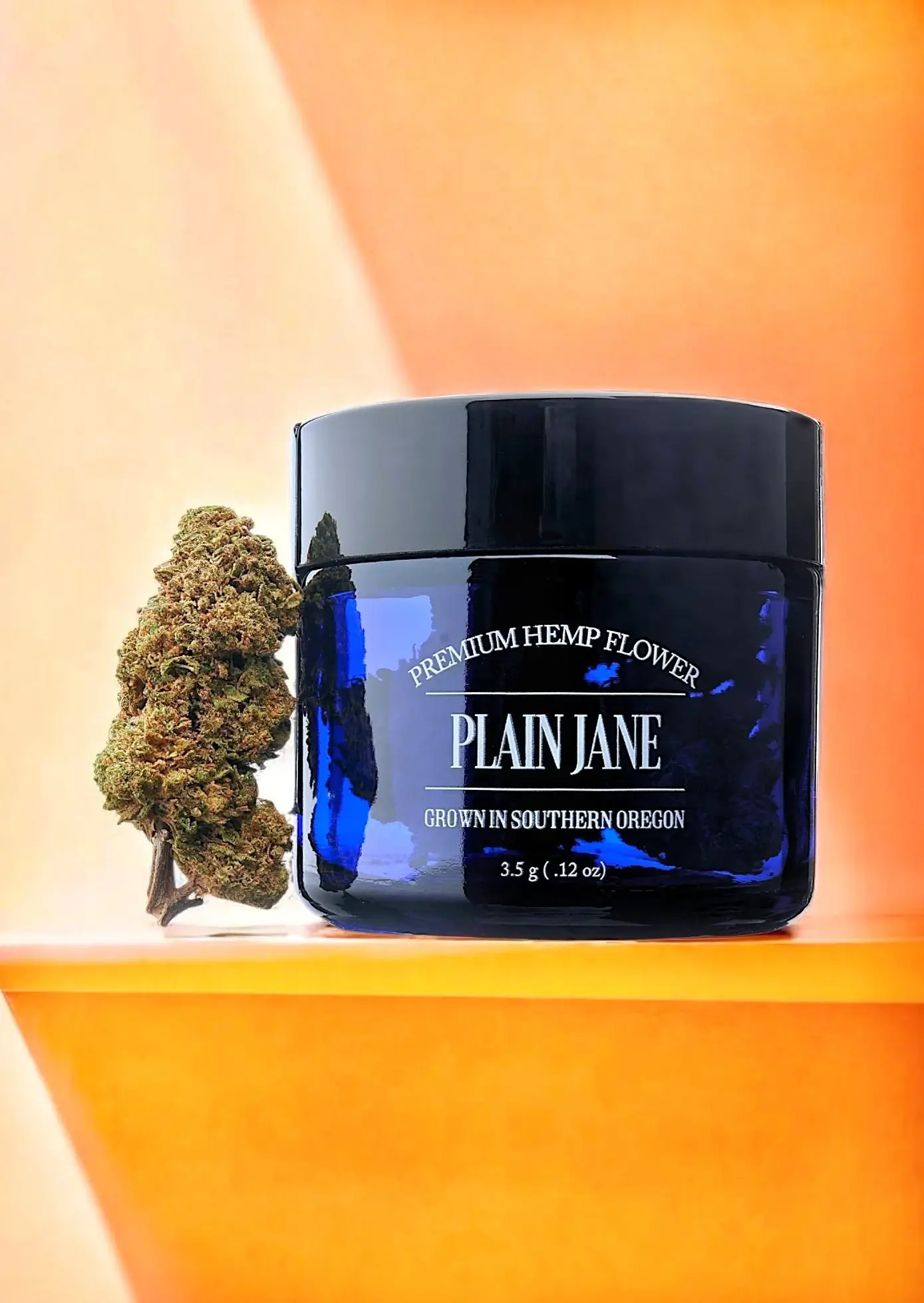
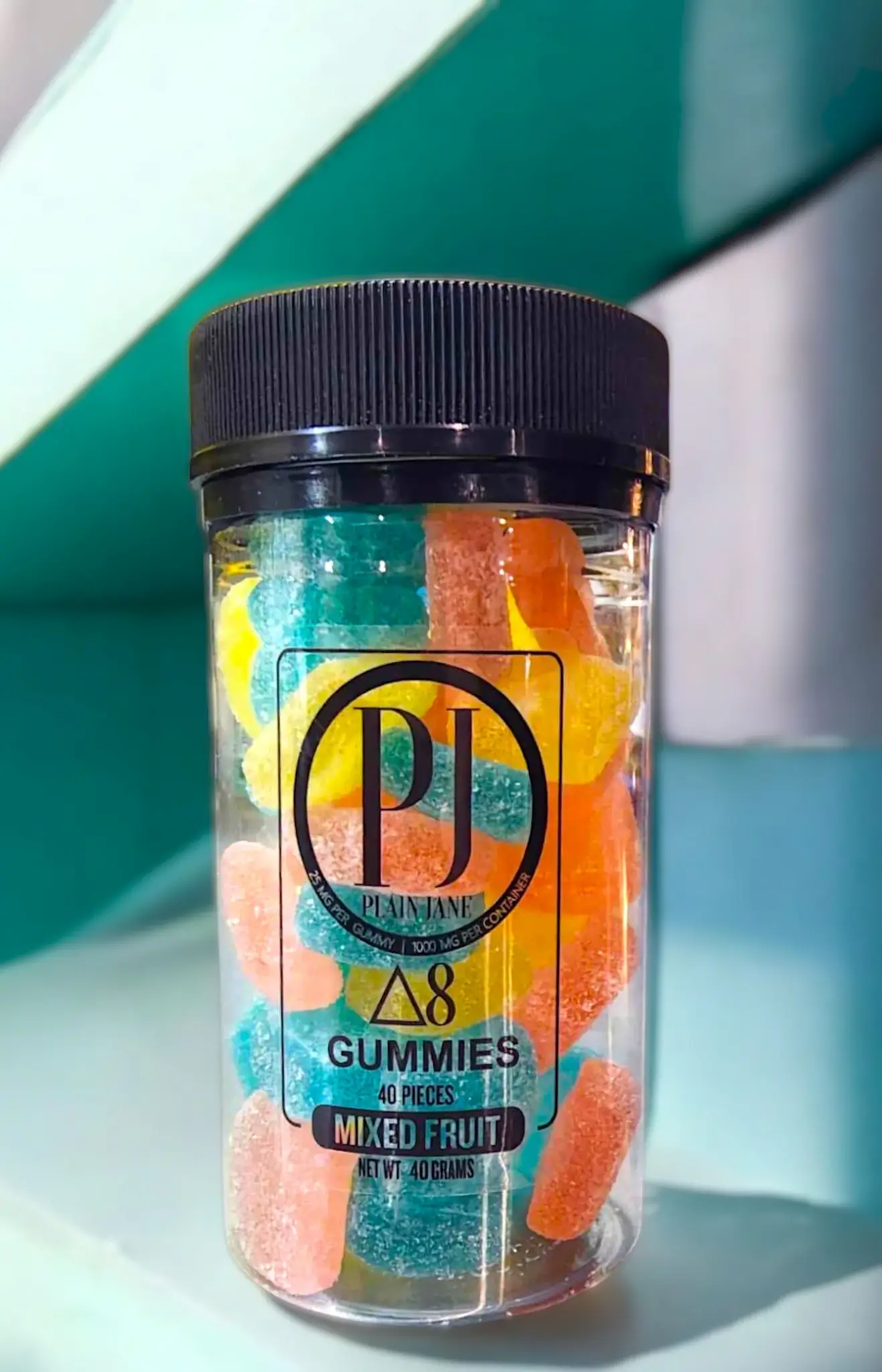
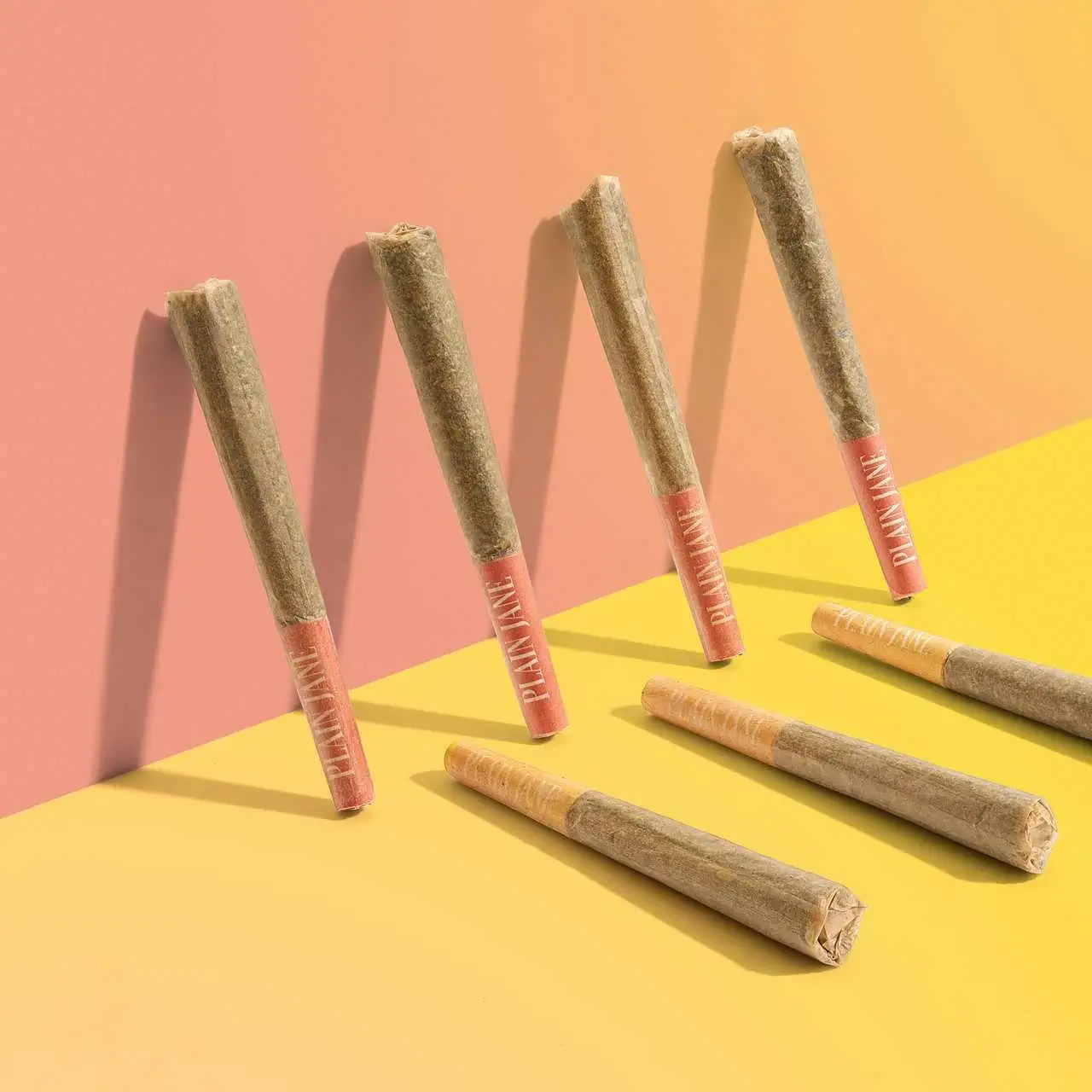

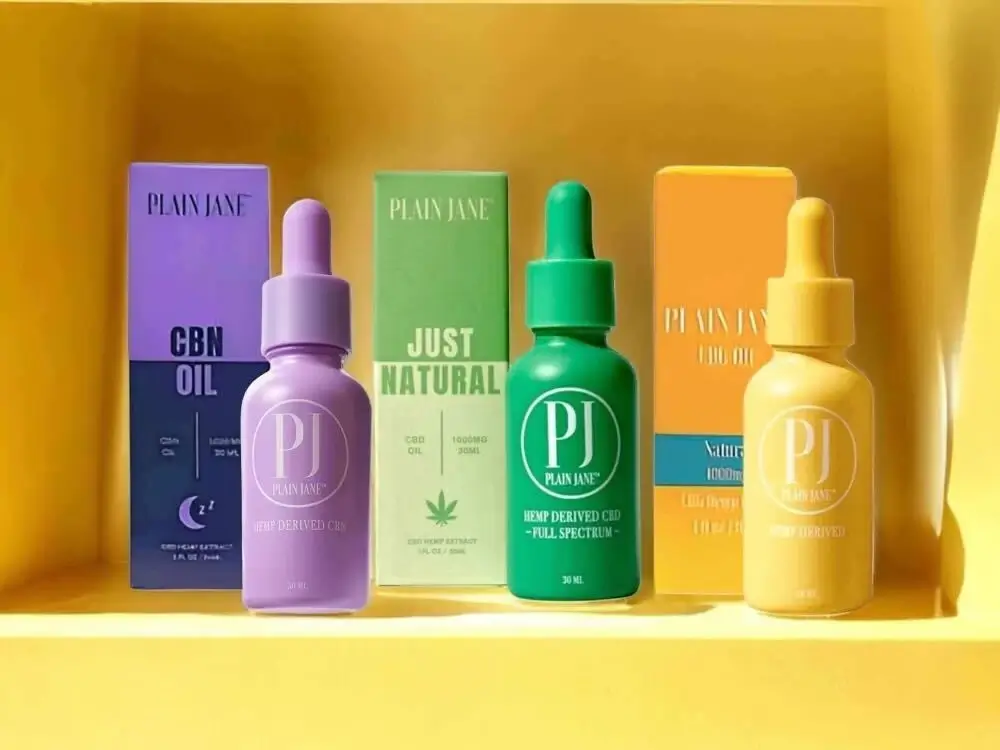
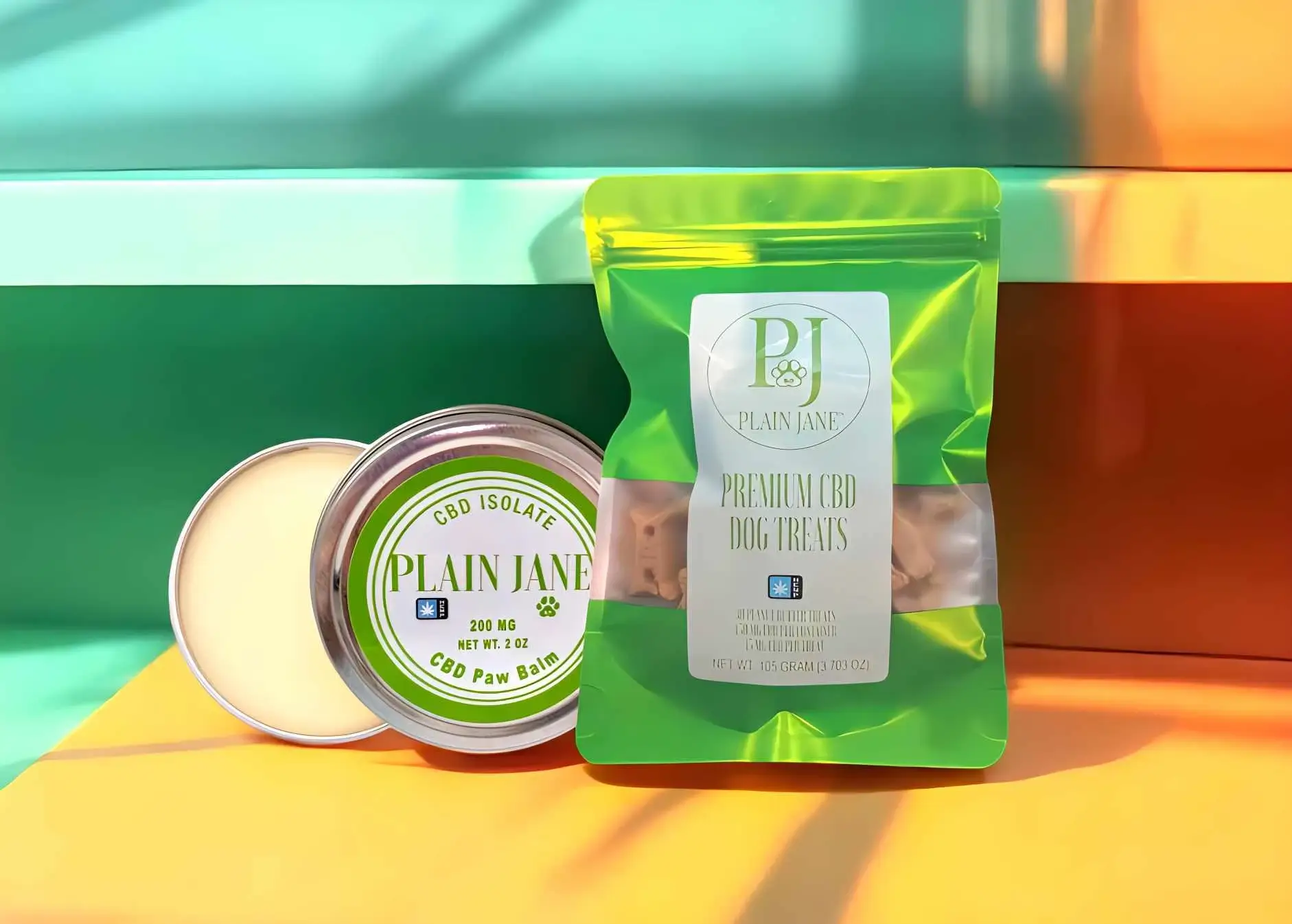
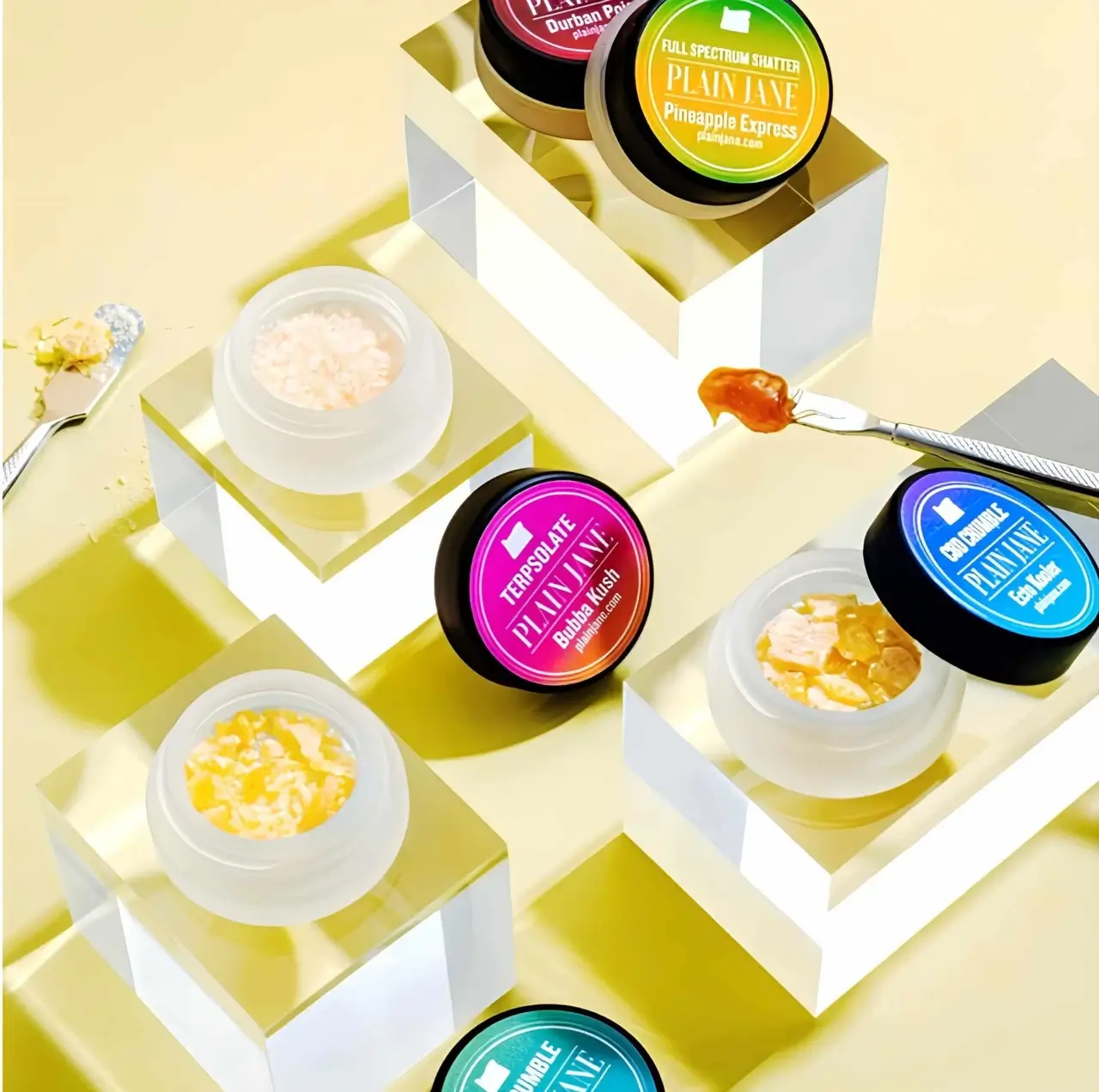

0 comments